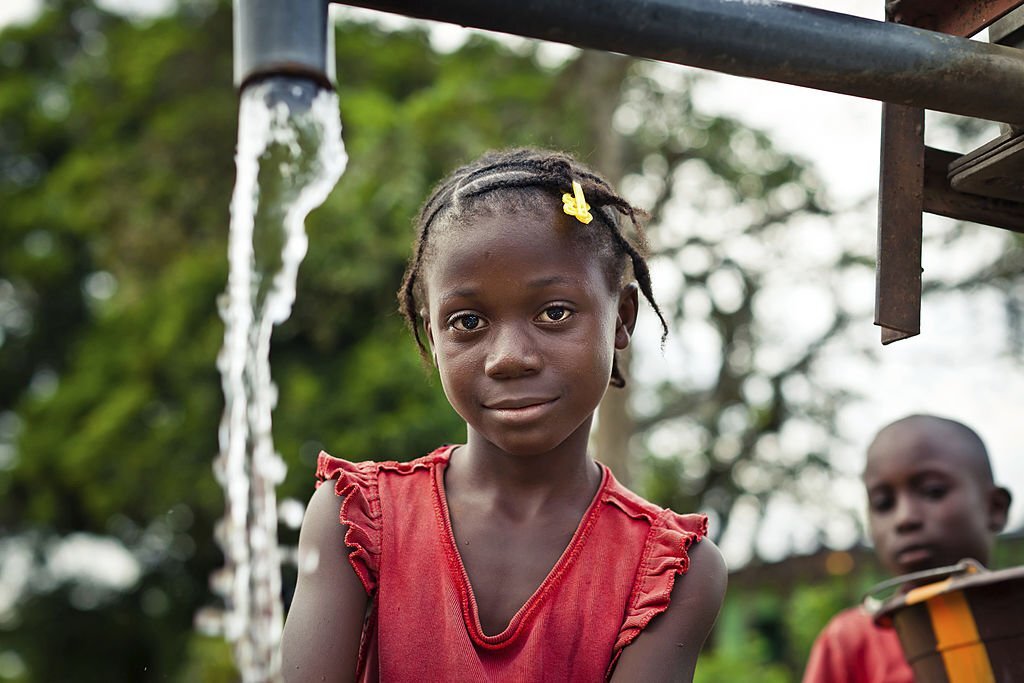The Bush Pump was described many times before as a remarkable handpump although it is almost unknown internationally.
Like no other handpump globally in use, the Bush Pump has a long history. It was originally designed by Tommy Murgatroyd in the year 1933, a Government Water Supply Officer in Matabeleland, the western part of Zimbabwe. Due to the fact that welding was not known at that time, the pump was made of standard pipes and plates, which were bolted together. According to, modern" handpump designs, the Murgatroyd pump was well overdesigned in respect of material strength.
After its Independence in 1980, the government of Zimbabwe insisted on retaining its own national handpump, but many variations of the pump were built by NGOs and also some government departments. These were used alongside the standard Anderson model.
 |
| The History Of The Bush Pump in Zimbabwe |
About Nakiso Borehole Drilling
At Nakiso Borehole Drilling, we are your comprehensive partner for unlocking reliable water on your property. Our highly skilled team tackles all drilling projects, from standard boreholes to specialized Blast Hole and RC Drilling.
We handle everything in-house for a seamless experience, encompassing expert borehole siting, efficient drilling, and pump installation – solar, electric, or manual – tailored to your specific needs. With Nakiso, your reliable water source is just a drill away.
We don't just strive to be the best; we maintain the industry's strictest quality standards and are committed to sustainable practices for the future of Zimbabwe's water security.
Fact 1: Know Your Borehole Casings
The Preferred Borehole Casing In Zimbabwe Is Class 9 and 10 (Pressure Classes.)
This is because Class 9 and Class 10 Casings are more collapse resistant. The strength of a Casing is often described as collapse resistance.
Fact 2: Borehole Drilling Depth
The exact depth, of where the water is located, cannot be established by the drilling contractor nor the Water Surveyor (Borehole Siter).
Fact 3: There Is No 100% Guarantee
It is important to note that it is never a 100% guarantee that any hole will yield water, the amount and water quality can also not be guaranteed by the drilling contractor and water surveyor.
Fact 4: Siting Is Important
Making use of a hydrologist or traditional water diviner will increase your chances of having a successful borehole that will yield a sufficient amount of water.
Fact 5: Know The Risks
The risk of the borehole drilling lies with the property owner. The client will still be liable for the drilling costs irrespective of a borehole yielding water or not.
Our Branches and Our Contacts

Churchill Ave Branch
Business Offices (HQ):55 Churchill Avenue,
Alexandra Park,
Harare North,
Zimbabwe.
Call Us Today:
Office Numbers: +263 867 71 88844
Sales: +263 78 860 8009
Operations: +263 78 860 8005
Marketing: +263 78 876 6701
Email: info@nakisoboreholes.co.zw
Website: www.nakisoboreholes.co.zw

Bluff Hill Branch
Business Offices:36 St. Anthans Drive,
Bluff Hill,
Harare,
Zimbabwe.
Call Us Today:
Office Numbers: +263 71 494 0883
Sales: +263 78 860 8009
Operations: +263 78 860 8005
Marketing: +263 78 876 6701
Email: info@nakisoboreholes.co.zw
Website: www.nakisoboreholes.co.zw






